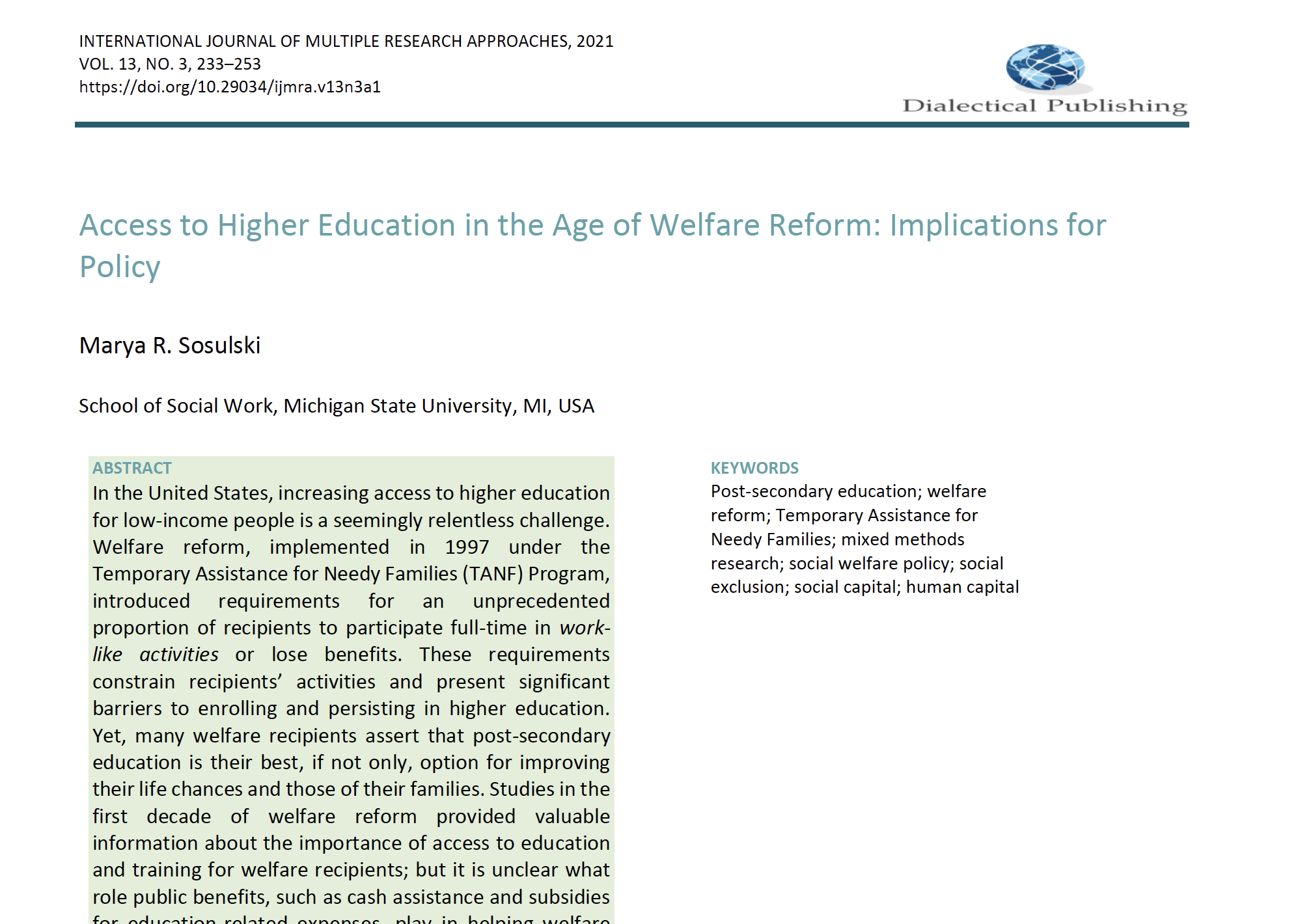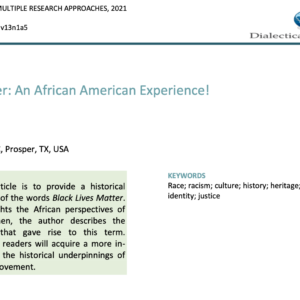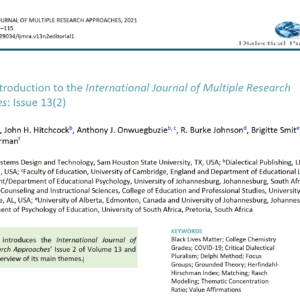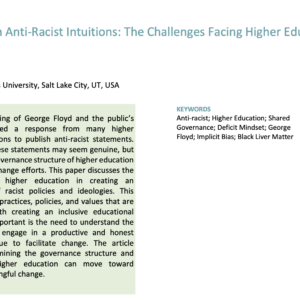13(3). 02. Access to Higher Education in the Age of Welfare Reform: Implications for Policy
$30.00
Description
Author
Marya R. Sosulski
School of Social Work, Michigan State University, MI, USA
Abstract
In the United States, increasing access to higher education for low-income people is a seemingly relentless challenge. Welfare reform, implemented in 1997 under the Temporary Assistance for Needy Families (TANF) Program, introduced requirements for an unprecedented proportion of recipients to participate full-time in work-like activities or lose benefits. These requirements constrain recipients’ activities and present significant barriers to enrolling and persisting in higher education. Yet, many welfare recipients assert that post-secondary education is their best, if not only, option for improving their life chances and those of their families. Studies in the first decade of welfare reform provided valuable information about the importance of access to education and training for welfare recipients; but it is unclear what role public benefits, such as cash assistance and subsidies for education-related expenses, play in helping welfare recipients enroll. Welfare college option policies can help, but only if accompanied by multiple supports specific to higher education access. This article explores the nature of the relationship between public assistance benefits and welfare recipients’ enrollment in higher education. The study combines quantitative analysis of statewide survey data from the Illinois Families Study and an embedded qualitative sample that participated in two waves of in-depth interviews. The study contributes a view of individual, community-level, and structural factors significantly associated with post-secondary enrollment and the respondents’ perspectives on why and how these factors operate to help or to hinder their efforts. Understanding access to higher education for welfare recipients in Illinois—a state with a relatively liberal college option policy but low enrollment—is instrumental to creating policy solutions that augment existing pathways to post-secondary education for this group, as well as new inroads.




